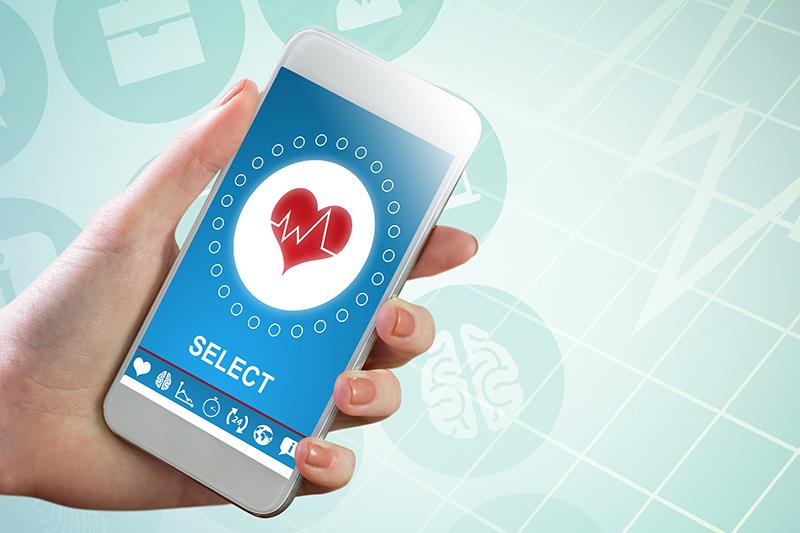Use of mHealth more frequent in adults with high CVD risk





Mobile health (mHealth) technology appears advantageous among adults with a greater number of cardiovascular disease (CVD) risk factors, who use the technology to share information and discuss health-related decisions with their providers, according to a study.
“This trend was particularly pronounced among younger adults and women when compared to those with a low CVD risk,” said lead author Dr Yuling Chen from Johns Hopkins University School of Nursing, Baltimore, Maryland, US.
Chen and colleagues used cross-sectional data from the 2017 to 2020 Health Information National Trends Survey for this study. The CVD risk factors assessed were diabetes, hypertension, smoking, physical inactivity, and overweight or obesity. They defined low, moderate, and high CVD risk as having 0‒1, 2‒3, and 4‒5 risk factors, respectively.
The components of mHealth use served as the outcome variables, which included using mHealth to make decisions, track health progress, share information, and discuss health-related decisions with clinicians. The association between CVD risk and mHealth use was explored using multivariable logistic regression models, with adjustments for demographic factors.
A total of 10,531 adults (mean age 54 years, 50.2 percent men, 65.4 percent non-Hispanic White) were assessed. Of these, 41.9 percent used mHealth to make health decisions, 50.8 percent used mHealth to track health progress, 18.3 percent used mHealth to share information with providers, and 37.7 percent used mHealth to discuss health decisions with providers. [J Med Internet Res 2024;26:e46277]
mHealth technology
Compared with adults with low CVD risk, those with moderate CVD risk tend to use mHealth more for sharing information with health providers (adjusted odds ratio [aOR], 1.49, 95 percent confidence interval [CI], 1.24‒1.80) and for discussing health-related decisions with their providers (aOR, 1.22, 95 percent CI, 1.04‒1.44).
Likewise, adults with high versus low CVD risk had high usage of mHealth for sharing health information with providers (aOR, 2.61, 95 percent CI, 1.93‒3.54) and discussing health-related decisions with their providers (aOR, 1.56, 95 percent CI, 1.17‒2.10).
Notably, age and gender disparities were noted in the association between CVD risk and use of mHealth to discuss health decisions with providers upon stratification.
“These findings suggest a promising avenue for enhancing healthcare communication and advancing both primary and secondary prevention efforts related to managing CVD risk factors through the effective usage of mHealth technology,” Chen said.
Previous studies have shown that mHealth use differs depending on the presence of chronic conditions or CVD risk factors as well as demographics (eg, age, gender, race, educational levels, insurance, and region of residence). [JAMA 2021;326:1286-1298; J Med Internet Res 2021;23:e23765; J Med Internet Res 2018;20:e277; J Med Internet Res 2020;22:e16299]
Several studies have also examined the disparities in using mHealth technology among individuals with and without CVD risk factors. [J Am Heart Assoc 2019;8:e014390; J Med Internet Res 2021;23:e23765]
“These investigations have suggested that the relationship between CVD risk and mHealth use could potentially exhibit variations based on the total number of CVD risk factors present,” Chen said.